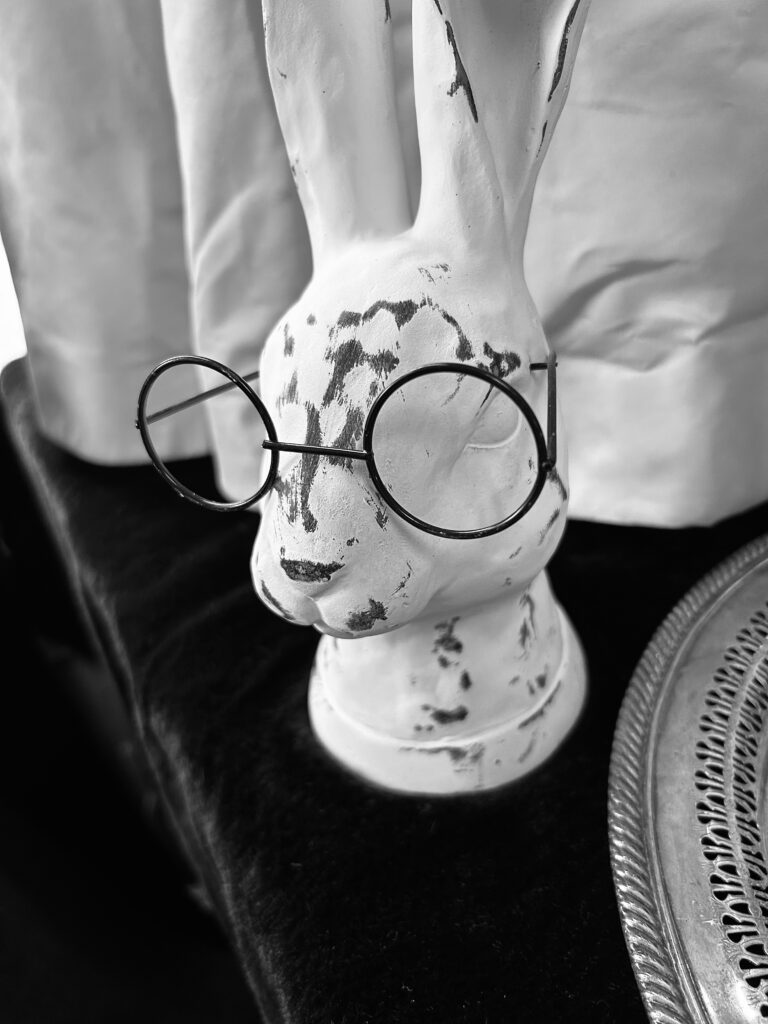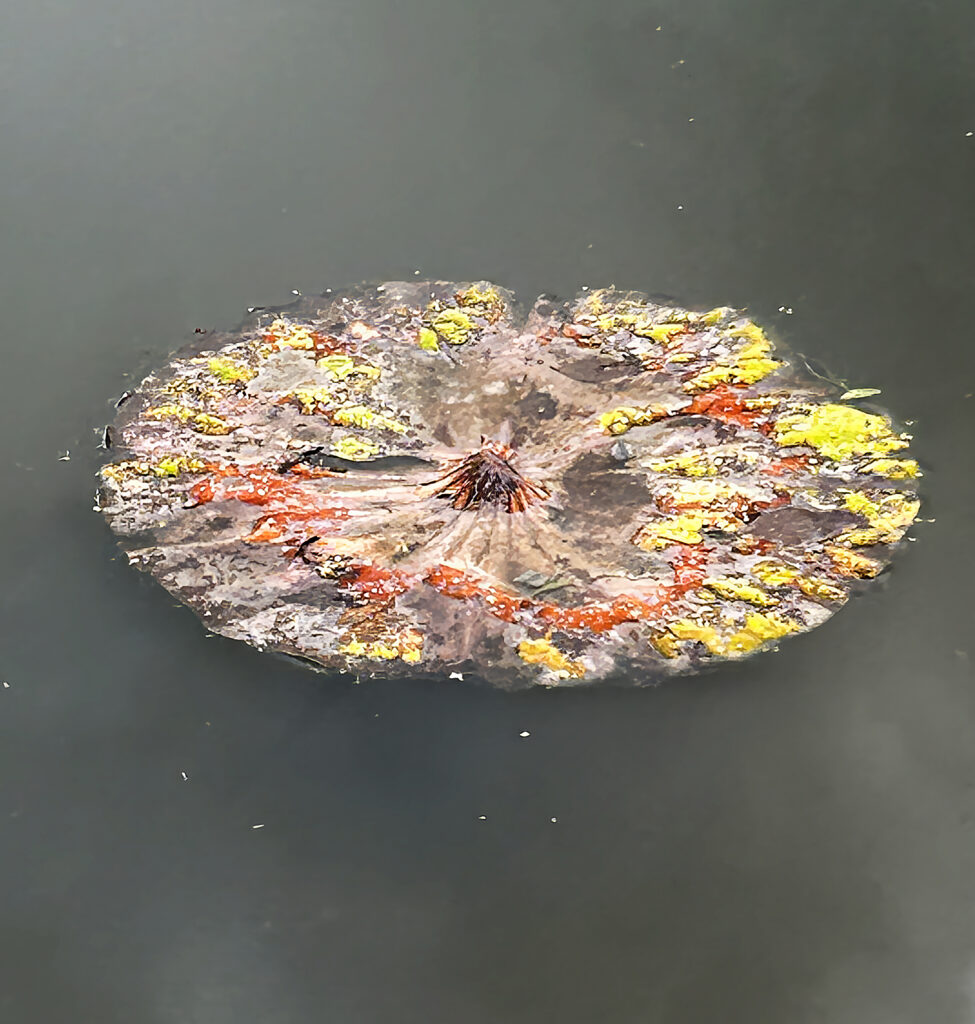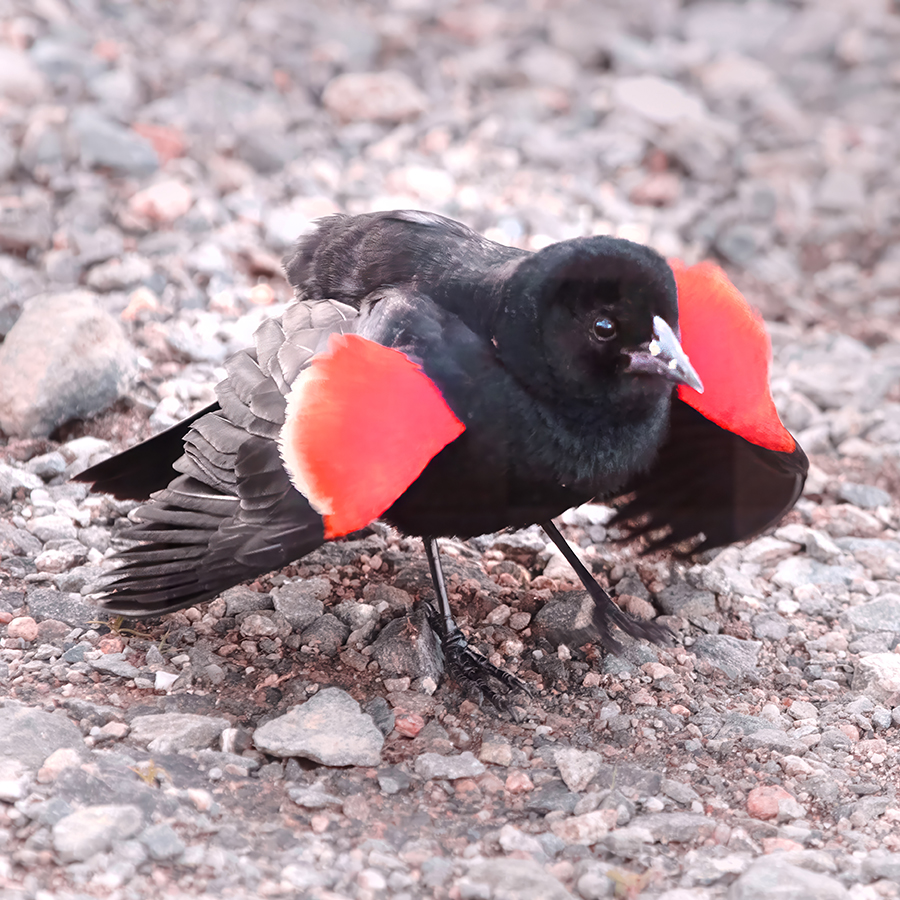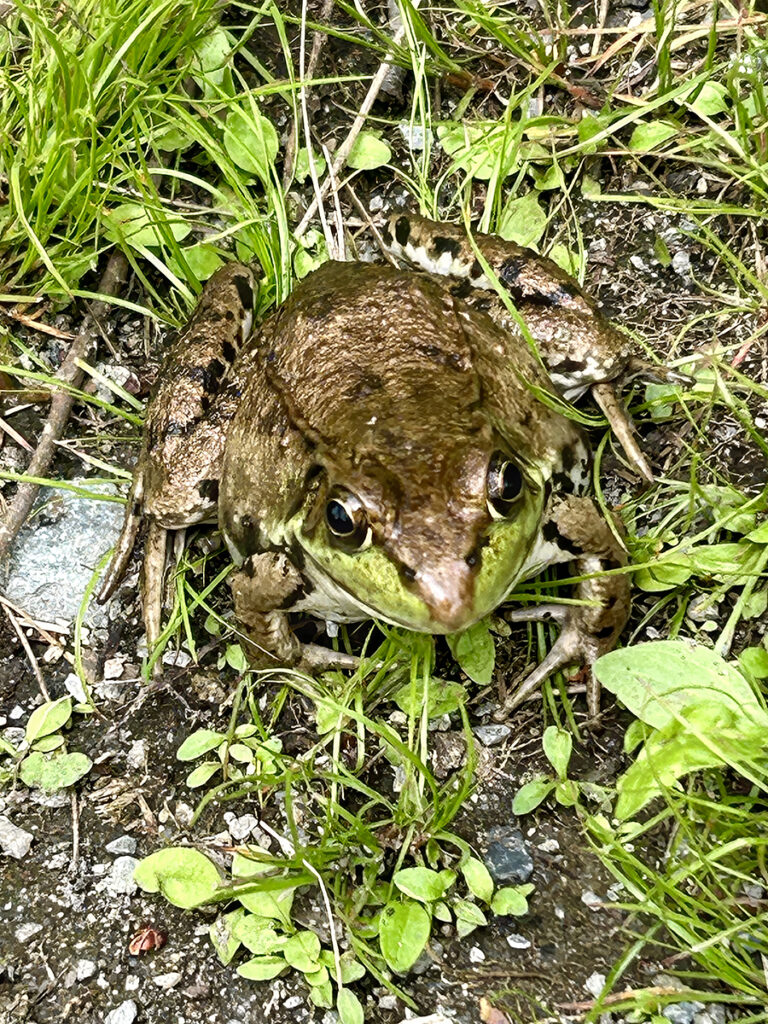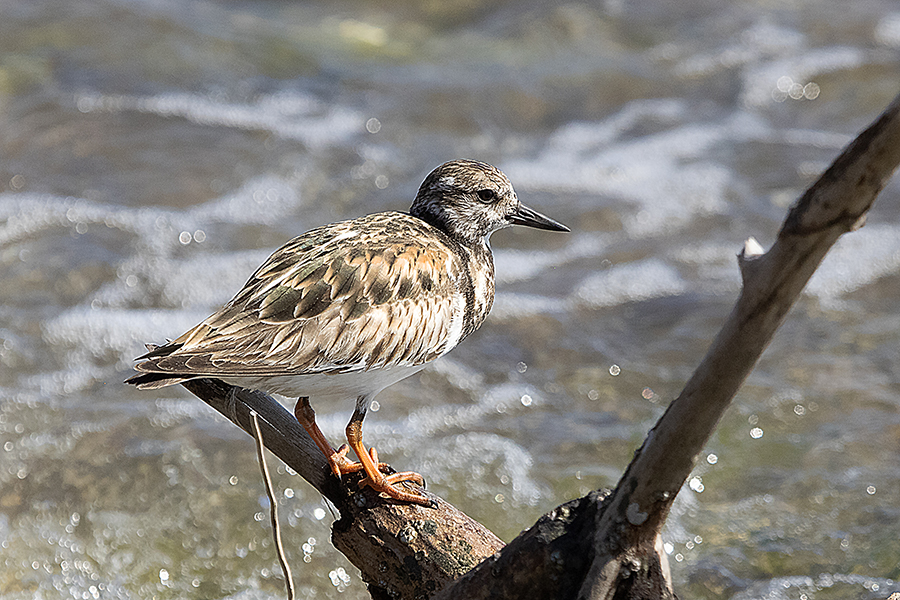
Figure 1 – Long-tailed ducks on the Merrimack, Newburyport, MA (c) DE Wolf 2025
The days are definitely getting milder, and all our thoughts are turning to spring. I have begun schlepping by big birding lens with me on my morning walks and have returned to the Great Meadows National Wildlife Refuge to watch the spring migration come in. It is mud season! The red-wings are creating a cacophony of their trumpet blasts. There are bald eagles, red-tailed hawks, mallards, wood ducks, and tree swallows. The ever present Canadian Geese seem to be focused on mating and are ignoring the tariff war.
Two weekends back, TC and I were watching the long-tailed ducks (Clangula hyemalis) float by on the Merrimack, contemplating a bit sadly the devastation that bird influenza is taking on our avian populations. We were eating sandwiches. They are fighting for their lives. It is as if the gulls have fallen silent.
The long-tailed duck (Clangula hyemalis) is one of the most distinctive and fascinating waterfowl species of cold northern waters of the world. With its unique appearance, remarkable behavior, and captivating migration patterns, the long-tailed ducks are truly eye-catching. Adult males, particularly during the winter, are known for their dramatic plumage. Their most iconic feature is, of course, the long, flowing tail feathers that extend far behind their body—hence the name “long-tailed” duck. These tail feathers are especially prominent during the breeding season, where they can measure up to 10 inches (25 cm) long, adding an elegant flair to their otherwise compact body.
Males are adorned with a mixture of black, white, and chestnut hues, paired with bright orange bills, making them easily recognizable. Females and younger ducks, on the other hand, have a more subdued, mottled brown plumage, which helps them blend into their surroundings.
Native to the northern hemisphere, long-tailed ducks breed in the Arctic regions of North America, Europe, and Asia. During the summer months, they can be found in remote areas of Canada, Alaska, and Siberia, where they build nests on the ground in tundra wetlands. These areas are cold, windy, and often surrounded by snow and ice, making them ideal for a species that thrives in such harsh conditions.
In winter, however, long-tailed ducks migrate south to more temperate regions, like Newburyport, often spending the colder months in the coastal waters of the North Atlantic, the North Pacific, and along the coasts of the northern United States. Some even make their way to the Mediterranean. So here we are catching them at the start of their northern migration. These are diving ducks. They can dive to 60 meters in search of food.
Figure 1 is a group that I photographed. It is not a world class bird image but has some features that I really like. First, it is very subdued color, almost black and white. Yet you can see the mahogany heads and red tipped bills of the males. Second, the birds are together but each doing its own things. They are like a blissful family The unison of swimming together is very subtle. They almost seem to ignore one another, one looking ahead, one side-wards, and one preening. But the fact is that at any moment one of the ducks will dive and rapidly all of the others will follow.

